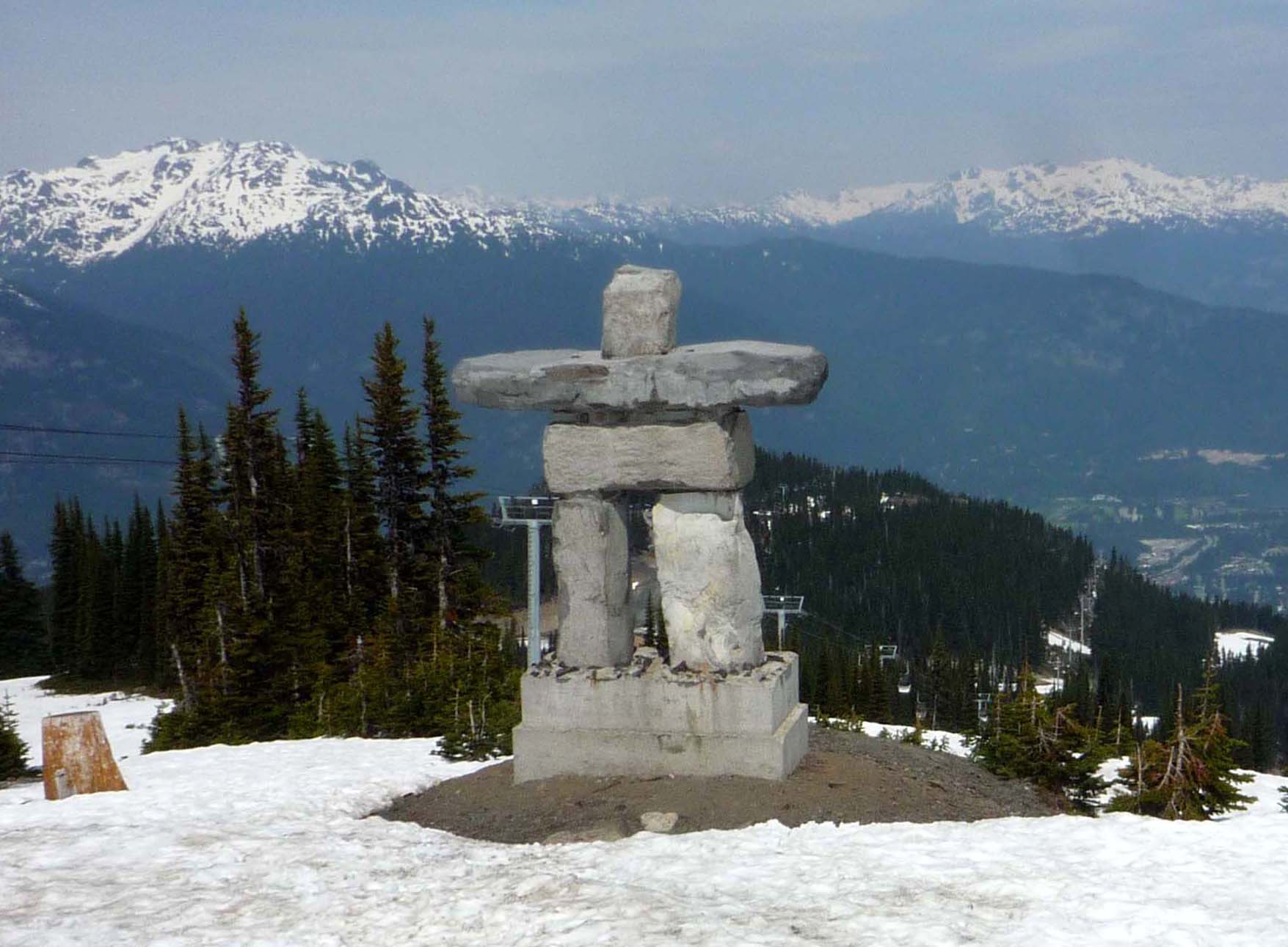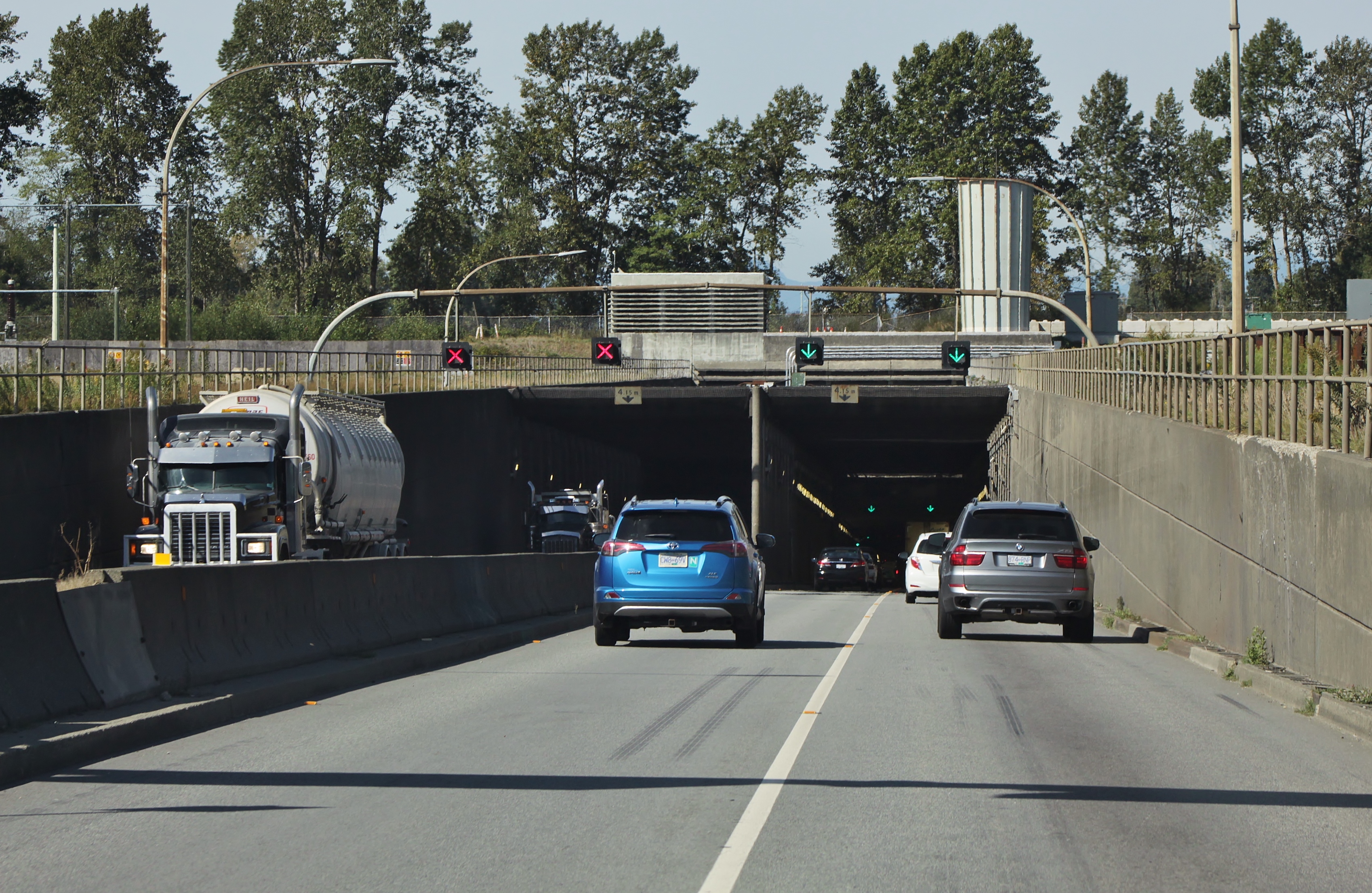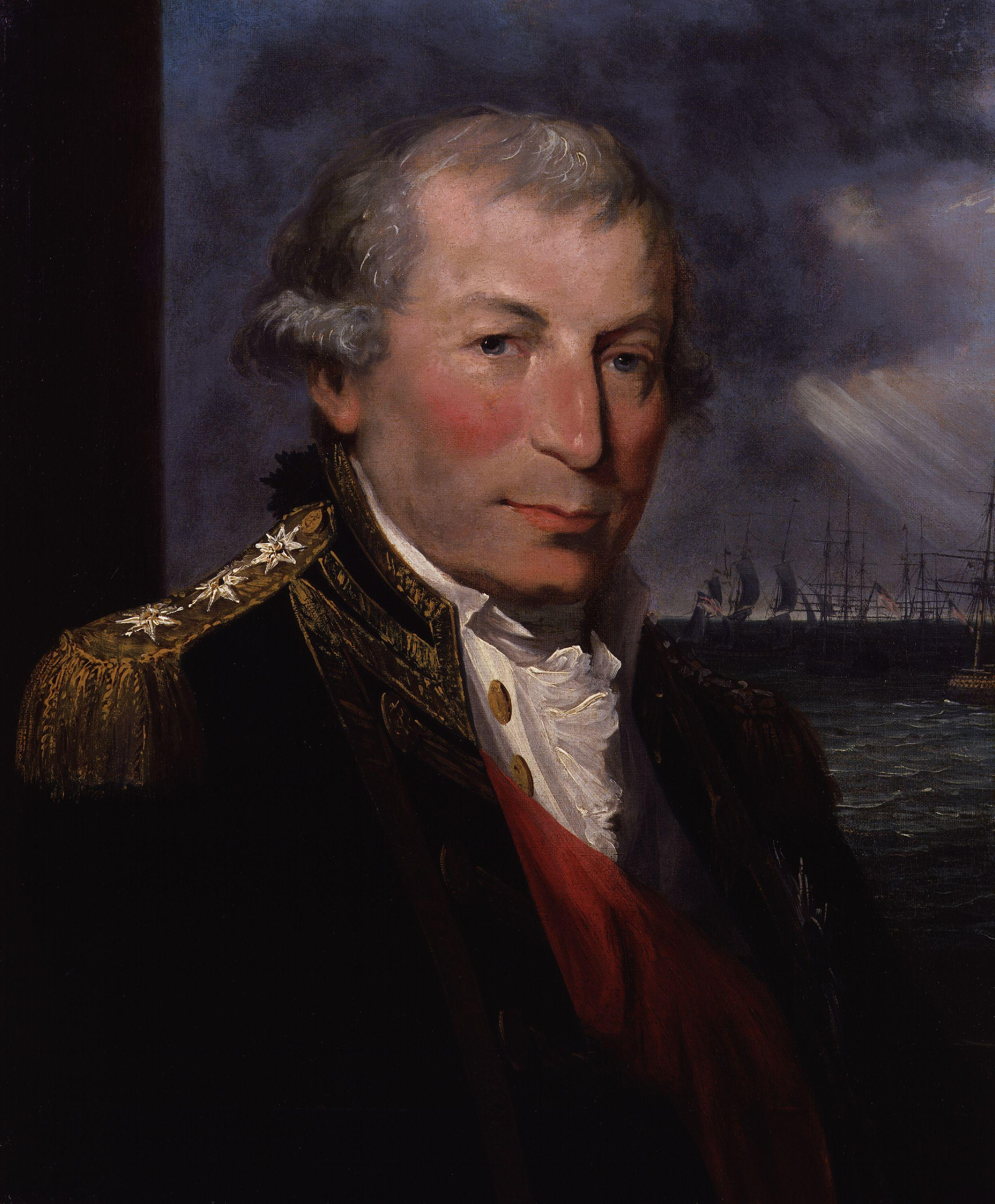|
Britannia Range (Canada)
The Britannia Range is a subrange of the North Shore Mountains, running along the eastern flank of Howe Sound just north of Vancouver, British Columbia, Canada. The range begins in the Deeks Lake/ Hanover Mountain area to the north of Brunswick Mountain, which is the highest of the summits of the Cypress Mountain ski area at Cypress Provincial Park above West Vancouver, though that summit is not in the range. The range is bounded by the Stawamus River to the north, Loch Lomond on the upper Seymour River, and is the source of the name of Britannia Beach which is towards its northern end. The range's name was conferred by Captain Richards after the 100-gun HMS ''Britannia'', which saw action at the Battle of St. Vincent, 1797 and the Battle of Trafalgar, 1805. Mountains within the range allude to British royalty - Hanover and Windsor for the respective dynasties. The range includes Sky Pilot Mountain, a horn-shaped summit prominently visible to southbound traffic on BC Highw ... [...More Info...] [...Related Items...] OR: [Wikipedia] [Google] [Baidu] |
North Shore Mountains
The North Shore Mountains are a mountain range overlooking Vancouver in British Columbia, Canada. Their southernmost peaks are visible from most areas in Vancouver and form a distinctive backdrop for the city. The steep southern slopes of the North Shore Mountains limit the extent to which the mainland municipalities of Greater Vancouver's North Shore (West Vancouver, the District of North Vancouver, the City of North Vancouver and the Village of Lions Bay) can grow. In many places on the North Shore, residential neighbourhoods abruptly end and rugged forested slopes begin. These forested slopes are crisscrossed by a large network of trails including the Baden-Powell Trail, the Howe Sound Crest Trail, the Binkert/Lions Trail and a wide variety of mountain biking trails. The North Shore Mountains are a small subrange of the Pacific Ranges, the southernmost grouping of the vast Coast Mountains. They are bounded on the south by Burrard Inlet, on the west and north-west by Howe So ... [...More Info...] [...Related Items...] OR: [Wikipedia] [Google] [Baidu] |
Loch Lomond (Canada)
Loch Lomond (; gd, Loch Laomainn) is a freshwater Scottish loch which crosses the Highland Boundary Fault, often considered the boundary between the lowlands of Central Scotland and the Highlands. Tom Weir. ''The Scottish Lochs''. pp. 33-43. Published by Constable and Company, 1980. Traditionally forming part of the boundary between the counties of Stirlingshire and Dunbartonshire, Loch Lomond is split between the council areas of Stirling, Argyll and Bute and West Dunbartonshire. Its southern shores are about northwest of the centre of Glasgow, Scotland's largest city. The Loch forms part of the Loch Lomond and The Trossachs National Park which was established in 2002. Loch Lomond is long and between wide, with a surface area of . It is the largest lake in Great Britain by surface area; in the United Kingdom, it is surpassed only by Lough Neagh and Lough Erne in Northern Ireland. In the British Isles as a whole there are several larger loughs in the Republic o ... [...More Info...] [...Related Items...] OR: [Wikipedia] [Google] [Baidu] |
Sea-to-Sky Corridor
The Sea-to-Sky Corridor, often referred to as the Corridor or the Sea to Sky Country, is a region in British Columbia spreading from Horseshoe Bay through Whistler to the Pemberton Valley and sometimes beyond to include Birken and D'Arcy. From Whistler on up, the region overlaps with the older and more historic Lillooet Country, of which Squamish, at the region's centre, was once the southward extension in the days when it was the rail-port terminus from the Interior, via Lillooet, and accessible from the Lower Mainland only by sea. Most of the region is in the Squamish-Lillooet Regional District, although south of Britannia Beach a small part of the region is in the Greater Vancouver Regional District. The term "Corridor" refers to the alignment of the region's towns along Highway 99, also known as the Sea to Sky Highway, which links together the regions' three main centres - Squamish, Whistler and Pemberton. There is little development other than resource extraction out ... [...More Info...] [...Related Items...] OR: [Wikipedia] [Google] [Baidu] |
Fannin Range
The Fannin Range is a Canadian mountain range lying between the Seymour River and Indian Arm/Indian River in the Pacific Ranges of the Coast Mountains of British Columbia, Canada. The southern portion of the range terminates near the city of Vancouver and as such is very highly traveled. It contains mountains such as Mount Seymour Mount Seymour is a mountain located in Mount Seymour Provincial Park in the District of North Vancouver, British Columbia, Canada. It is a part of the North Shore Mountains, rising to the north from the shores of Burrard Inlet and Indian Arm ..., Mount Bishop and Mount Elsay, and is home to Mount Seymour Provincial Park. References North Shore Mountains {{BritishColumbia-geo-stub ... [...More Info...] [...Related Items...] OR: [Wikipedia] [Google] [Baidu] |
Squamish, British Columbia
Squamish (; Squamish language, Sḵwx̱wú7mesh sníchim: Sḵwx̱wú7mesh, ; 2016 census population 19,512) is a community and a district municipality in the Provinces and territories of Canada, Canadian province of British Columbia, located at the north end of Howe Sound on the British Columbia Highway 99, Sea to Sky Highway. The population of the Squamish census agglomeration, which includes Indian reserve, First Nation reserves of the Squamish Nation although they are not governed by the municipality, is 19,893. Indigenous Squamish people have lived in the area for thousands of years. The town of Squamish had its beginning during the construction of the BC Rail, Pacific Great Eastern Railway in the 1910s. It was the first southern terminus of that railway (now a part of Canadian National Railway, CN). The town remains important in the operations of the line and also the port. Forestry has traditionally been the main industry in the area, and the town's largest employer was the p ... [...More Info...] [...Related Items...] OR: [Wikipedia] [Google] [Baidu] |
Whistler, British Columbia
Whistler ( Lillooet/Ucwalmícwts: Cwitima, ; Squamish/Sḵwx̱wú7mesh: Sḵwiḵw, ) is a resort municipality in Squamish-Lillooet Regional District, British Columbia, Canada. It is located in the southern Pacific Ranges of the Coast Mountains, approximately north of Vancouver and south of Pemberton. It has a permanent population of approximately 13,982 (2021), as well as a larger but rotating population of seasonal workers. Over two million people visit Whistler annually, primarily for alpine skiing and snowboarding and, in the summer, mountain biking at Whistler Blackcomb. Its pedestrian village has won numerous design awards, and Whistler has been voted among the top destinations in North America by major ski magazines since the mid-1990s. During the 2010 Winter Olympics, Whistler hosted most of the alpine, Nordic, luge, skeleton, and bobsled events. History The Whistler Valley is located around the pass between the headwaters of the Green River and the upper-mid ... [...More Info...] [...Related Items...] OR: [Wikipedia] [Google] [Baidu] |
British Columbia Provincial Highway 99
Highway 99 is a provincial highway in British Columbia that serves Greater Vancouver and the Squamish–Lillooet corridor over a length of . It is a major north–south artery within Vancouver and connects the city to several suburbs as well as the U.S. border, where it continues south as Interstate 5. The central section of the route, also known as the Sea to Sky Highway, serves the communities of Squamish, Whistler, and Pemberton. Highway 99 continues through Lillooet and ends at a junction with Highway 97 near Cache Creek. The highway's number, assigned in 1940, was derived from former U.S. Route 99, the predecessor to Interstate 5 and a major route for the U.S. West Coast. Highway 99 originally comprised the King George Highway in Surrey, portions of Kingsway from New Westminster to Vancouver, and local streets. It was extended across the Lions Gate Bridge and to Horseshoe Bay in the 1950s along a new highway that would later be incorporated into Highway 1 (the ... [...More Info...] [...Related Items...] OR: [Wikipedia] [Google] [Baidu] |
Battle Of Trafalgar
The Battle of Trafalgar (21 October 1805) was a naval engagement between the British Royal Navy and the combined fleets of the French and Spanish Navies during the War of the Third Coalition (August–December 1805) of the Napoleonic Wars (1803–1815). As part of Napoleon's plans to invade England, the French and Spanish fleets combined to take control of the English Channel and provide the Grande Armée safe passage. The allied fleet, under the command of the French admiral, Pierre-Charles Villeneuve, sailed from the port of Cádiz in the south of Spain on 18 October 1805. They encountered the British fleet under Lord Nelson, recently assembled to meet this threat, in the Atlantic Ocean along the southwest coast of Spain, off Cape Trafalgar. Nelson was outnumbered, with 27 British ships of the line to 33 allied ships including the largest warship in either fleet, the Spanish ''Santísima Trinidad''. To address this imbalance, Nelson sailed his fleet directly at the allied ba ... [...More Info...] [...Related Items...] OR: [Wikipedia] [Google] [Baidu] |
Battle Of Cape St Vincent (1797)
The Battle of Cape St. Vincent (14 February 1797) was one of the opening battles of the Anglo-Spanish War (1796–1808), as part of the French Revolutionary Wars, where a British fleet under Admiral Sir John Jervis defeated a greatly superior Spanish fleet under Admiral Don José de Córdoba y Ramos near Cape St. Vincent, Portugal. Background After the signing of the Treaty of San Ildefonso in 1796 allying Spanish and French forces against Great Britain, the British navy blockaded Spain in 1797, impairing communications with its Spanish Empire. The Spanish declaration of war on Britain and Portugal in October 1796 made the British position in the Mediterranean untenable. The combined Franco-Spanish fleet of 38 ships of the line heavily outnumbered the British Mediterranean Fleet of fifteen ships of the line, forcing the British to evacuate their positions in first Corsica and then Elba. Early in 1797, the Spanish fleet of 27 ships of the line, which were supposed to join th ... [...More Info...] [...Related Items...] OR: [Wikipedia] [Google] [Baidu] |
HMS Britannia (1762)
HMS ''Britannia'', also known as ''Old Ironsides'', was a 100-gun first-rate ship of the line of the Royal Navy. Construction She was ordered on 25 April 1751 from Portsmouth Dockyard to the draught specified in the 1745 Establishment. She was built by Thomas Bucknall. Her keel was laid down on 1 July 1751 and she was launched on 19 October 1762. The cost of building and fitting totalled £45,844/2s/8d. Her main gundeck armament of twenty-eight 42-pounder guns was later replaced by 32-pounders. In the 1790s ten of her quarterdeck guns and two of her forecastle guns were replaced by the same number of 32-pounder carronades. She was third of seven ships to bear the name ''Britannia''. Service ''Britannia'' was first commissioned in August 1778, under the command of Captain Charles Morice Pole, for the American Revolutionary War. The ship was the flagship of Vice-Admiral George Darby between April 1779 and June, at which point Rear-Admiral Sir John Lockhart-Ross replaced Darby ... [...More Info...] [...Related Items...] OR: [Wikipedia] [Google] [Baidu] |
George Henry Richards
Sir George Henry Richards (13 January 1820 –14 November 1896) was Hydrographer of the Royal Navy from 1863 to 1874. Biography Richards was born in Antony, Cornwall, the son of Captain G. S. Richards, and joined the Royal Navy in 1832. His eldest son, George Edward Richards also became a Royal Navy officer and hydrographic surveyor. Naval career He served in South America, the Falkland Islands, New Zealand, Australia and in the First Opium War in China. Promoted to captain in 1854, from 1857 to 1864 he was in command of the two survey ships: and . Survey work in Canada He was the second British commissioner to the San Juan Islands Boundary Commission and a hydrographer on the coast of British Columbia in 1857–1862. He is responsible for the selection and designation of dozens of placenames along the British Columbia coast. In the Vancouver area, for example, he named False Creek. In 1859, after his engineer Francis Brockton found a vein of coal, he named Brock ... [...More Info...] [...Related Items...] OR: [Wikipedia] [Google] [Baidu] |
Britannia Beach
Britannia Beach (Sḵwx̱wú7mesh: Shisháyu7áy, ) is a small unincorporated community in the Squamish-Lillooet Regional District located approximately 55 kilometres north of Vancouver, British Columbia on the Sea-to-Sky Highway on Howe Sound. It has a population of about 300. It includes the nearby Britannia Creek, a small to mid-sized stream that flows into Howe Sound that was historically one of North America's most polluted waterways. The community first developed between 1900 and 1904 as the residential area for the staff of the Britannia Mining and Smelting Company. The residential areas and the mining operation were physically interrelated, resulting in coincidental mining and community disasters through its history. Today, the town is host to the Britannia Mine Museum, formerly known as the British Columbia Museum of Mining, on the grounds of the old Britannia Mines. The mine's old Concentrator facilities, used to separate copper ore from its containing rock, are a Nat ... [...More Info...] [...Related Items...] OR: [Wikipedia] [Google] [Baidu] |



